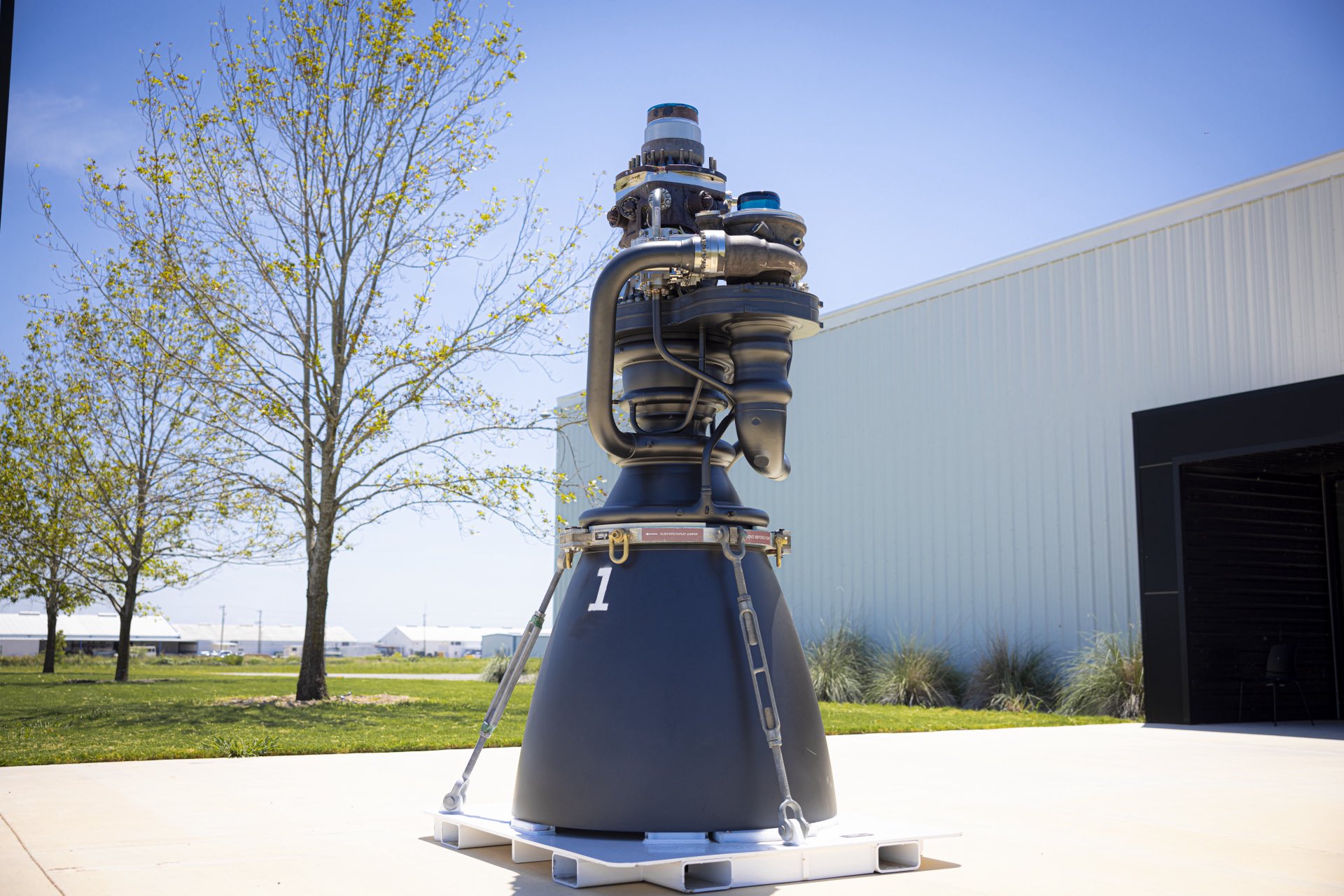

Posted on 08/02/2024 6:04:22 PM PDT by george76
SpaceX launched 23 Starlink satellites into orbit early Friday morning from the Kennedy Space Center in Florida.
The Falcon 9 rocket lifted off at 1 a.m., EDT, with the first stage returning to Earth to stick its Atlantic Ocean landing on the drone ship A Shortfall of Gravitas.
SpaceX moved back the launch for nearly an hour into the launch window, which opened at 12:19 a.m.
The company did not explain the delay. Factors that could have played a factor in the delay include weather and the position of the drone ship.
Friday's launch was the 12th for the booster using the mission, which included nine previous Starlink launches.
It was SpaceX's fourth launch in less than a week
Found this on Reddit:
First, some caveats:
Satellites are constantly being added.
Version 2 mini is out, so assuming all are such.
Only retail customer revenue is included (attempting to remain mildly pessimistic).
Ground operations, infrastructure and development costs are not included.
All these necessarily affect the bottom line. Nevertheless, this might give a glimpse on the system’s viability. All numbers found and calculated are as of April 2024.
Here’s a SWAG at the annual cost of the currently operating satellites:
There are ~6,000 satellites at ~$1 million apiece[1], and each lasting 5 years.
One Falcon 9 launches ~22 satellites, at a $15,000,000 marginal launch cost (used booster + fairings).
So, total cost per satellite is:
$1,000,000 * 22 + $15,000,000 = $37,000,000, or $1,681,818 per satellite.
The satellites last 5 years, so the annual cost is $336,364 per satellite.
Thus, to build and launch the satellites, the annual cost is ~$2 billion.
On the other side, gross revenues from only retail customers:
Average retail subscriber fee is $104.29[2] per terminal per month (ignoring commercial, aircraft, and ships with their higher fees).
There are 2.7 million subscribers.
Thus, the retail subscribers generate an annual gross revenue of ~$3.4 billion.
Wow! Thanks.
That’s what I’m afraid of - how reliable is that thing
Better have Elon return them


Hope Musk chares the govt and boing billions to go get those two stranded tourists up there
There are two IDSS standard ports connected to the Harmony US module these were placed over the existing PMA ports used by the shuttle which incidentally were of Russian design as shuttle was made to dock with MIR before ISS. So those ports were able to take Russian ships with APAS95 ports which the shuttle had a APAS95 ring on it as well. The US also has four CBM berthing ports. One CBM is in use right now with a supply module on it. The others are empty. CBM are not docking you need to be captured by the robotic arm and brought in for a bolt up procedure in space suits from the inside.
That said a PMA turns a CBM into a APAS95 port with the IDA being added to the PMA makes it a IDSS comparable port.NASA did just that on two of its CBM spots on the Harmony module. This is where SpaceX and Boeing are docked right now.
NASA could ask SpaceX to take up a PMA and IDA in the trunk of a crew Dragon it would fit then have it installed on a open CBM port this would add a third IDSS compatible port.
The Russians have four ports of SSVP a gendered 1960s era probe and drogue system. Totally incomparable with US designs. There is a SSVP adapter the Russians used to make one a APAS95 once, since the shuttle doesn’t fly anymore that’s useless unless you also bring a NASA IDA to turn that APAS95 ring into a IDSS ring.
It would be easier just to send up seats for two one a cargo ship or use the trunk of a crew Dragon. Dragon 2 has mass balance and life support for 7 with a second row of seats behind the first. The existing Dragon docked only needs seats to bring them home. How the seats get there is a PR problem as well.
It would be easier to send up two additional seats and install them on the second row in the Dragon already docked. Those seats could come up on the next supply run one just docked this last week. Or since Dragon can fly completely unmanned just send up a crew Dragon and have it wait near by it can fly autonomously for days with its solar panels. Undock the existing Dragon have it also fly away and wait near by. Dock the rescue Dragon pick up NASA blokes and unlock for return. Redock the original Dragon and may yourself on the back SpaceX. This is the beauty of fully autonomous spacecraft with days if not weeks of flight time on orbit.
Thanks for the detailed info. I like the idea of sending seats up in a Dragon. I would hate to think politics would interfere with safe spacefaring but this is where we are now.
Disclaimer: Opinions posted on Free Republic are those of the individual posters and do not necessarily represent the opinion of Free Republic or its management. All materials posted herein are protected by copyright law and the exemption for fair use of copyrighted works.